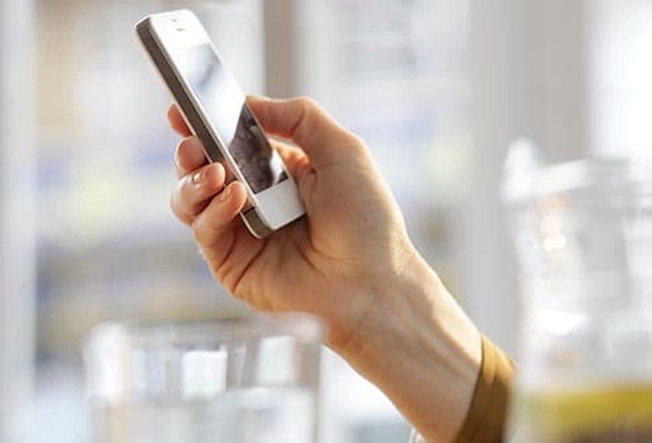Tips for Taking Blood Thinners


Avoid Bumps and Falls
The blood thinner your doctor prescribed to keep clots from forming in your heart or blood vessels can help prevent a heart attack and stroke. But because these drugs make it hard for you to stop bleeding, a minor injury can turn serious. Avoid contact sports and other activities where you're likely to get hurt. Walk, swim, or do other, safer exercises instead. Don't forget about your head! Wear a helmet, even if there's only a slim chance of a knock on your noggin.

Stick to a Schedule
Take your medicine at the same time each day. Some blood thinners don't work right if you're not consistent.
Use a pill organizer or the calendar on your smartphone to remind yourself. If you forget, take it as soon as you remember. Don't skip a pill.
If you don't realize until the next day that you missed a dose, ask your doctor what to do. Don't double-up.

Know Your Medicines
Before you bring home any new prescription or over-the-counter medicine, check with your doctor or pharmacist to make sure it's safe to take with your blood thinner. Even vitamins and supplements can change the way some blood thinners work or add to their side effects. For example, if you take a pain reliever or cold medicine with aspirin in it, your bleeding risk could go up.

Cut Carefully
Blood thinners can turn a tiny cut into a major bleed. Wear gloves when you work with knives, garden shears, or other sharp tools. Be extra careful when shaving. Use an electric razor, if possible, so you can't nick yourself. Don't trim your nails too close to the skin.
When you do cut yourself, apply pressure until the bleeding stops. If it doesn't, get medical help.

Watch Your Vitamin K
Too much can make a common blood thinner called warfarin less effective. And Brussels sprouts, lettuce, and spinach have a lot of vitamin K. These foods aren't off limits when you take wafarin, but you should talk to your doctor about how much of them is safe for you to eat.

Get Tested
While you're on certain blood thinners, you may need regular blood tests to measure how fast your blood clots. The results help your doctor decide whether to change your dose or switch you to another drug.

Alert Your Medical Team
Tell every doctor you visit that you take blood thinners, especially before you have a medical procedure or when you get a new prescription. They need to know you're at extra risk for bleeding.
Wear a medical ID bracelet or tag to let emergency medical workers know about your bleeding risk, too. Write the name of your medication on a card you keep in your wallet or purse.

Be Gentle With Your Teeth
Your gums are delicate, so clean your mouth with a lighter touch. Use a soft toothbrush, and don't scrub. Choose a waxed dental floss; slide it carefully between your teeth.
Let your dentist know you take blood thinners. They'll take extra care during checkups and may also give you medicines to reduce bleeding during dental procedures.

Watch for Side Effects
Sometimes blood thinners might cause:
- Bleeding gums
- Bruises you can't explain
- Dizziness
- Heavier-than-normal periods
- Red or dark brown urine or stools
Call your doctor if you notice any of these.

Keep Supplies Handy
Have a stash of bandages and dressings at home. Always carry some with you, in case you get a cut. Special powder can stop a bleed quickly and keep it under control until you're able to get medical help. You can buy these products without a prescription at your local drugstore. And they're safe to use while you're on blood thinners.